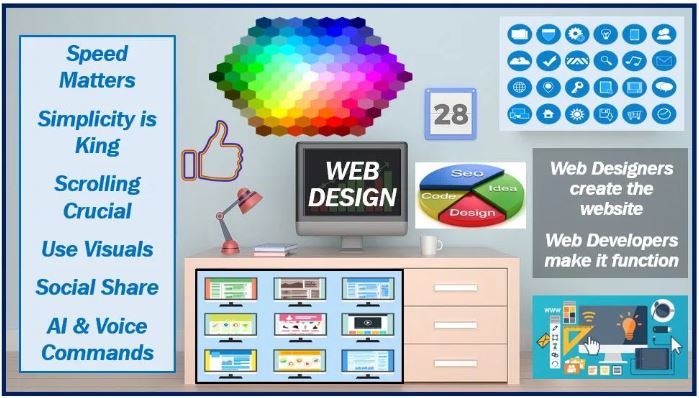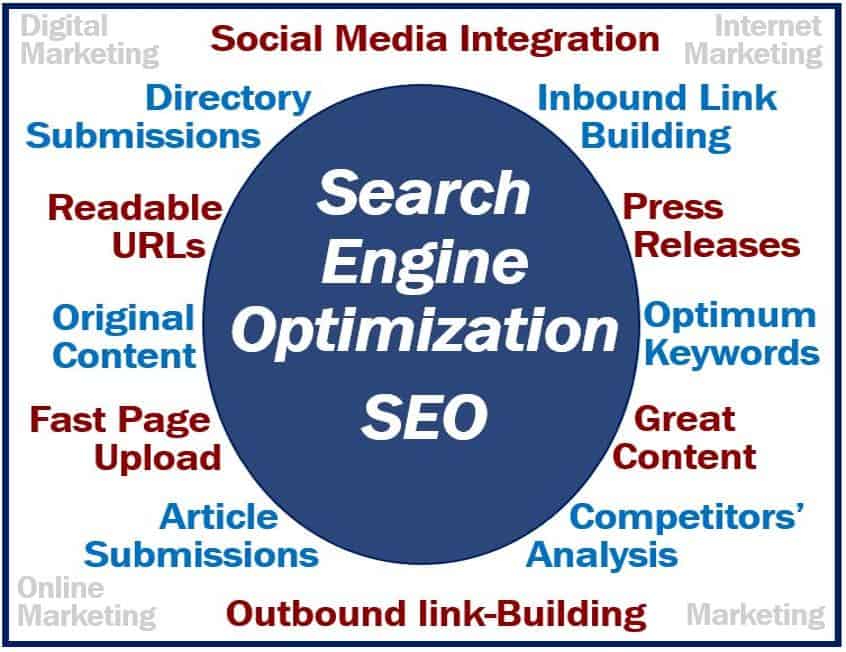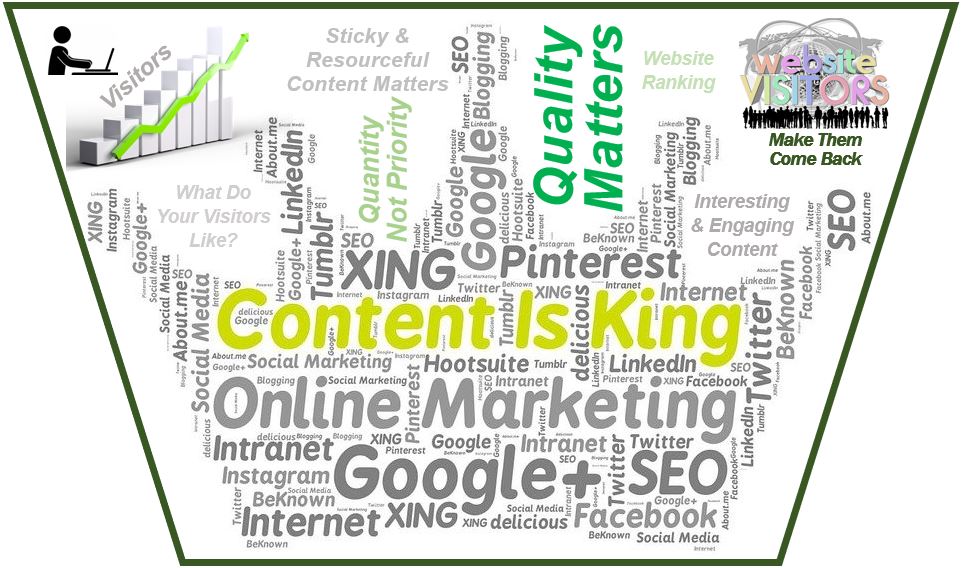In the age of the internet, most of your potential customers get first acquainted with your brand online. Almost all of your online and offline advertisements are likely to bring potential customers to your online presence. Their objectives might vary from looking for information to purchasing goods or services.

Despite running highly successful marketing campaigns, some companies are not able to see that success reflected on the revenues. The primary reason is that most potential customers who land on the company’s website get deterred and look for alternative merchants. There can be many reasons for driving potential customers away, such as the site’s speed, responsiveness, design, or navigation. The quality of a brand’s website can be of utmost importance for the success of failure of its digital marketing.
In this article, we are going to discuss several aspects that you must consider for an effective website design to act as a part of your digital marketing strategy.
Search Engine Optimization
Search engine optimization methods get used to improve the website’s organic ranking. More than 90% of online activities get done through search engines. Therefore the success of your website can be dependent on how easily it can be ranked higher on the search lists.

A website’s design can impact how long it takes for web crawlers to go through the contents of a website. The site also needs to be compatible with mobile phones, iPad, tablets, and other smart devices. The following aspects of the design can also impact the site’s search engine optimization, such as:
Structure and Navigation
The website’s structure should be well defined so that it is easier for web spiders to crawl through them. Proper demarcation of titles for all the webpages improves the construction of a website. Any flash-based navigation scripts should be external so that they don’t slow down the web crawlers.
URLs and Metadata
Your website must have customized URLs and metadata that can improve its search engine optimization. They should be able to provide keywords that are essential to the explanation of the content. These keywords also help in listing your website appropriately so that it matches with the query string.
Content
The content of a webpage is the most necessary aspect of search engine optimization. You must keep updating content regularly to keep the website dynamic. Sites that regularly change their content are listed higher on the searches. Websites with more pages are ranked higher, which is why many business websites frequently add blog pages to them.

The content should also be well-structured with an appropriate title, headings, subheadings, and paragraphs. Properly structured content also facilitates navigation and speed of a website.
Conversion Rate Optimizations
For the generation of revenue, your website must be optimized so that a potential customer landing on your website must purchase your product or service. There might be other objectives of your website as well, such as
- Contact information submission
- Completion of booking
- Creation of an account
Whatever the ultimate objective of your website may be, the design of the website should be able to drive the potential customer to the completion of the purpose of your website, be it a monetary transaction or any other kind. Effective designs should be perfectly balanced between visually aesthetic and efficient. Your marketing team should work together with your website designers to optimize the site for maximum conversion.
User Experience
The user-friendliness of your website will dictate a user’s experience as well as his or her satisfaction. Several factors can affect a user’s experience of your website, such as:
- Ease of use
- Accessibility and navigation
- Information
- Visual aesthetics
While you are getting your website designed, it is necessary to imagine a user’s interactions across the pages. The visual appeal should be intriguing enough to keep the customer hooked to the site by generating an adequate emotional response. While visuals are necessary, the functionality of the website should not be forgotten about. No matter how good the site looks, if going from one page to another, or looking for content is not easy, the user might lose interest and exit.
The time it takes for the pages to load can also influence the user experience. Using heavy image files or media on a page can slow down the loading time, which might cause discontent for the customer. Therefore ensure that the images or other files get compressed according to the device they are getting viewed on. Mobile-friendly websites need much less image resolution than computers or laptops, so it will be unwise to use high-res images on sites for phone browsing.
Analytics and Monitoring

Any website, no matter how well designed they are, needs to be continuously monitored according to the key parameters. The use of Google Analytics or any other analytical tool is essential to check the website for its key performance indicators. It will help you understand which parts of the site are working as intended and which are not. You must adjust the web pages according to the data you receive from the analytical tools.
So as you can see, designing a website to achieve your marketing objectives may need a lot of planning. But a well-designed website can play the most significant role in finalizing the success of your digital marketing strategy.
Interesting related article: “What is Search Engine Optimization?“

